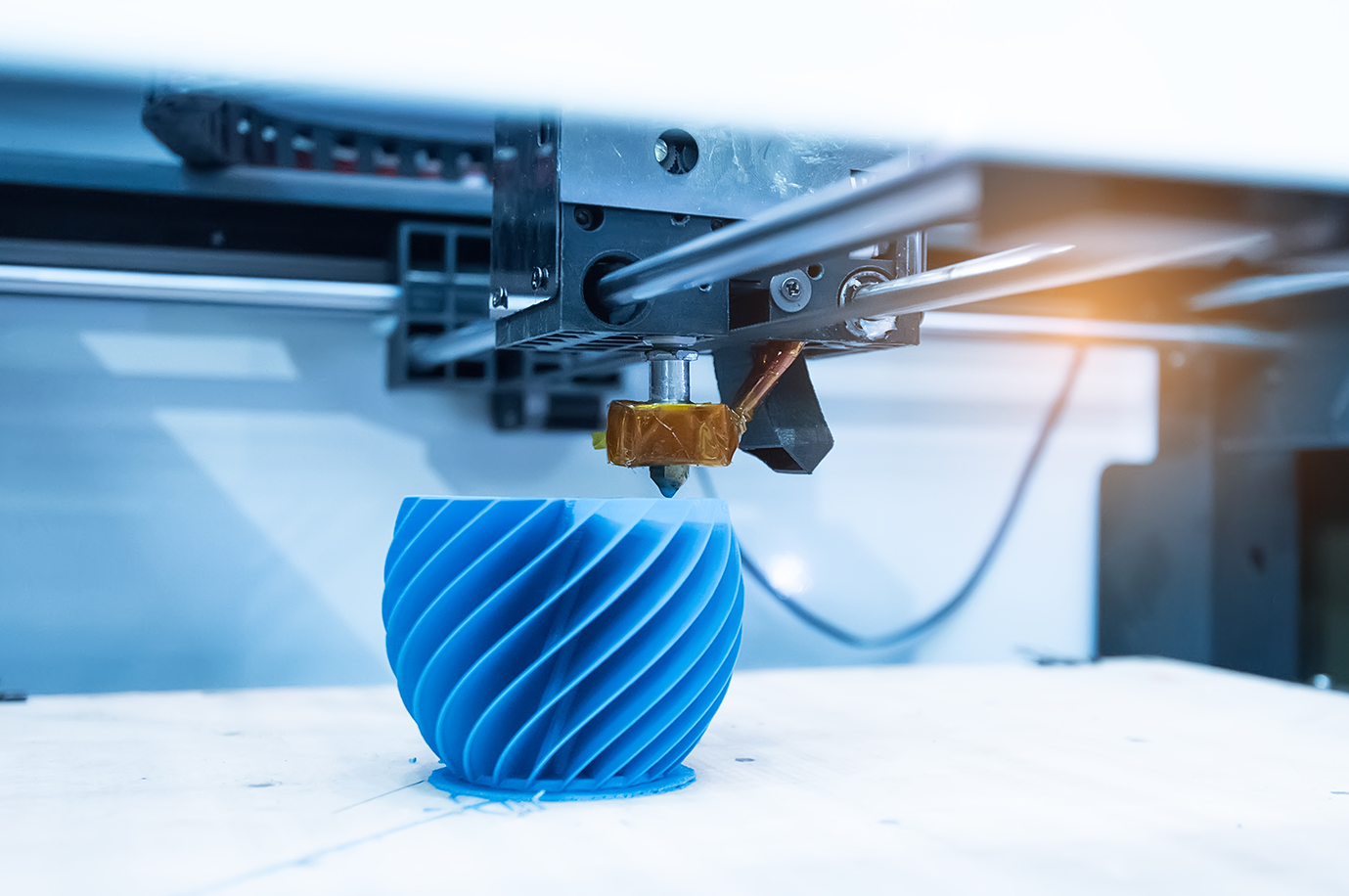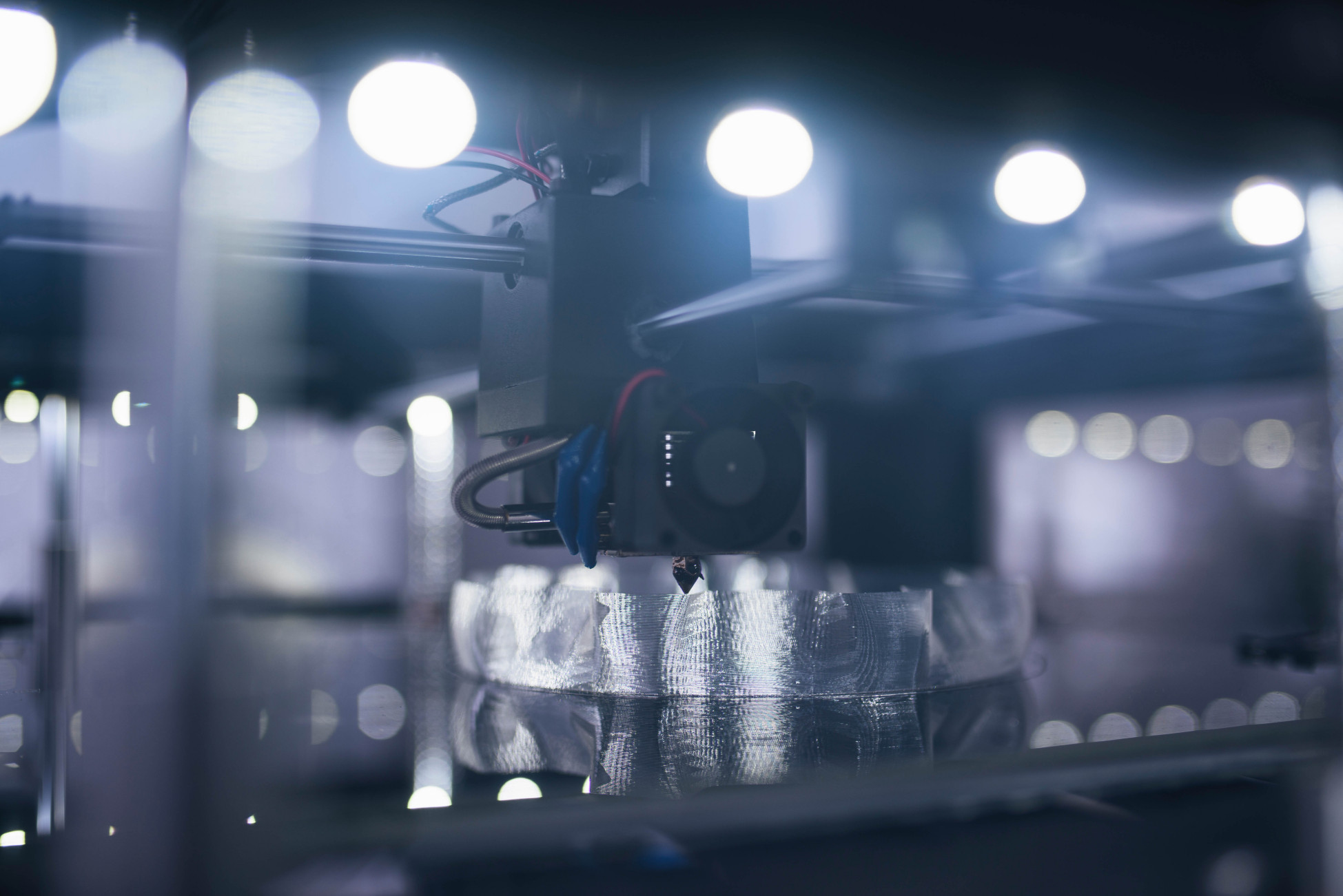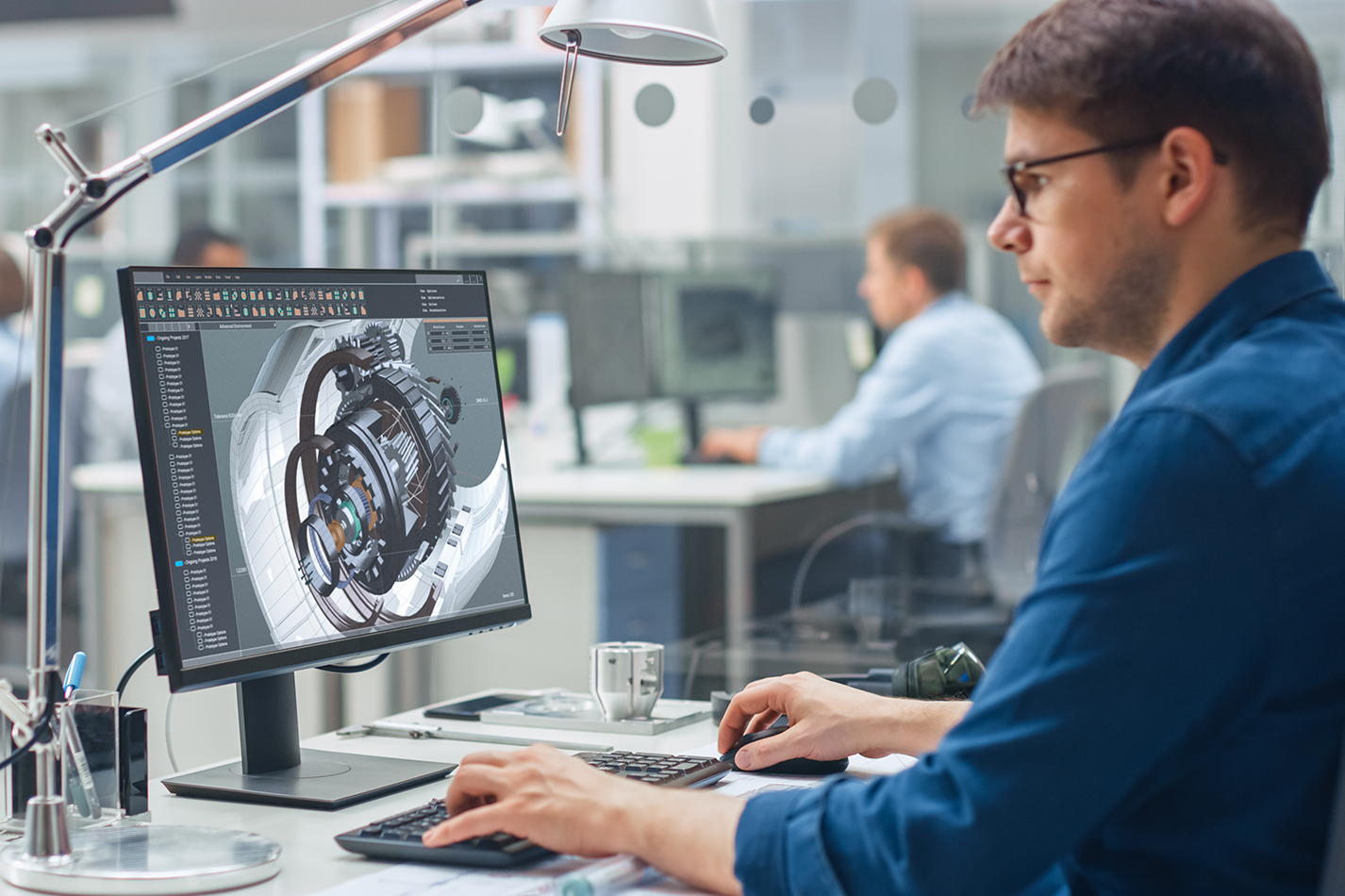Fiber-reinforced plastics for more stability: PETG-CF, Onyx
In fiber-reinforced materials, the components are reinforced with stable short or continuous fibers. This optimizes the properties of additively manufactured parts to high tensile and flexural strengths of 71 MPa and high heat resistance of 145 °C.
The following reinforcements are available, for example:
- Carbon fiber reinforced: Onyx, Onyx-FR, PETG-CF
- Glass fiber reinforced: Onyx with continuous filament glass fibers*.
- Kevlar fiber reinforced: Onyx with continuous Kevlar fibers*.
Application: The fiber-reinforced materials are suitable for functional prototypes, among other applications. In addition, lightweight components for motor sports and aviation can be produced, or parts for use in automation and robotics.
*Select "post-processing" or "individual request" in the store.





